Starting A Winter Vegetable Garden

by
Angie Rose
(IC: blogger)
$64.54
Easy
Here in zone 6a New England, the growing season is so short. By the end of November, trees have shed their leaves and plants have gone into hibernation mode. When the ground starts to freeze and the days become shorter, us gardeners turn to houseplants and planning next year's harvest. Although that can be very enjoyable, I really wanted to try something new! I decided to try extending my growing season deep into the chilliest months. I grow vegetables and herbs during the summer months in a raised garden bed. Adding a hoop house to this already built bed is rather inexpensive and relatively easy to maintain. I spent some time doing research online and looking at some helpful books, and then dove right in! Although I am unsure at the moment of the amount of growing success I will have, I've decided to enjoy it and just give it a try. This is the year for trial and error with a modest budget. If all I gain from this is knowledge, I will still be satisfied!
Step 1: BUILD A HOOP HOUSE
My raised garden bed is 11 feet long and 5 feet wide. The hoop house consists of four 10 foot 1/2-inch PVC conduit. I purchased these at my local hardware store for $1.59 a piece. PVC conduit is flexible and sturdy enough to prevent it from collapsing under the snow. Luckily, I did not have to cut or change the original size in any way. I then bent them into the position and shape I wanted. After adding the PVC conduit, I prepped my bed by adding new soil along with fertilizer.
When prepping my raised garden bed, I added some fresh new soil and some Happy Frog Fruit & Flower Fertilizer. This mix contains bat guano, bone meal, kelp meal and feather meal! I want to give my seeds the best chance to sprout into strong plants while fighting against colder conditions. I'm hoping with extra care and nutrition, it will give them that extra push. The wonderful thing about fertilizer is one bag can last you up to an entire year! It lasts a long time when you have a small sized garden!
I covered my newly built hoop house and baby seedlings in my raised garden bed with 4 MIL 10ft x 25ft clear plastic. I purchased this at my local hardware store for $11.47. I did some adjusting and cutting to size so it fits snugly. I also purchased eight of these stone blocks for $2.28 a piece to hold it down and keep it from blowing away. Nobody likes a rogue giant plastic tarp rolling through the neighborhood! I also have some duct tape on hand for any holes or rips that may occur during the harsh winter months. I may purchase an extra covering to have on hand just in case.
Here is the winter garden bed with its new plastic covering. I will be closely monitoring the temps inside for the first week to see how warm it gets. The weather really fluctuates here in New England. One day it's 30F the next it's back up to 60F. I'm using an outdoor thermometer to keep an eye on the temperature inside my hoop house.
So here is what it looks like on the inside of my winter garden hoop house. I have planted many different greens, broccoli, cabbage, carrots, garlic, kale, leeks, onions, peas, radishes & turnips. I found a great selection of cold tolerant vegetable seeds over at Baker Creek Heirloom Seed Company. It's also good that most of the vegetables I have chosen are shade tolerant. I know the sun isn't as prominent and strong during the winter months. I find the thermometer very helpful so far, and I am hoping these seeds sprout into vigorous, full grown plants.
Thanks to so many great suggestions from gardeners on Facebook and Twitter, I decided to add a floating garden blanket for extra protection. I purchased these Gardeneer by Dalen Harvest Guards 40 inch by 50 foot for $9.99 a piece. I am only using one, but I purchased an extra to have on hand. These covers trap heat and moisture as well as protecting against frost. Since they are also good for keeping crops protected from insects and pests, I will be using these over my garden bed during the summer months as well. I can't wait to see if this extra layer of protection helps!
Here are my seeds staying toasty under their new garden blanket! I have been monitoring my seeds growth, and now that I see some starting to sprout, I will be mulching in my bed this upcoming weekend. After I mulch it in with leaves from my yard, I will cover the mulching with the garden blanket again.
Arugula is one of my favorite greens with a spicy flavor. Fordhook Giant swiss chard has large, crinkled leaves with ivory colored stems. Amsterdam Prickly Seeded spinach is noted for being the hardiest of all the varieties. The sturdy plants have flat, tender leaves with red tinged stalks. All of these greens are known to do well in colder temperatures.
Above are more greens otherwise known as "other greens" I am growing in my winter garden. Morris Heading Collards has dark green leaves and is a variety that is slow to bolt. Corn Salad produces flavorful, deep green leaves & is fairly cold-hardy. Miner's Lettuce has a spinach like texture with mild tasting leaves.
Enjoyed the project?

Want more details about this and other DIY projects? Check out my blog post!
Published December 8th, 2015 5:38 PM
Comments
Join the conversation
2 of 6 comments
-
Thanks, love the idea...
 Gwh1738015
on Dec 09, 2015
Gwh1738015
on Dec 09, 2015
-
-
Glad you like it! :)
 Angie Rose
on Dec 10, 2015
Angie Rose
on Dec 10, 2015
-




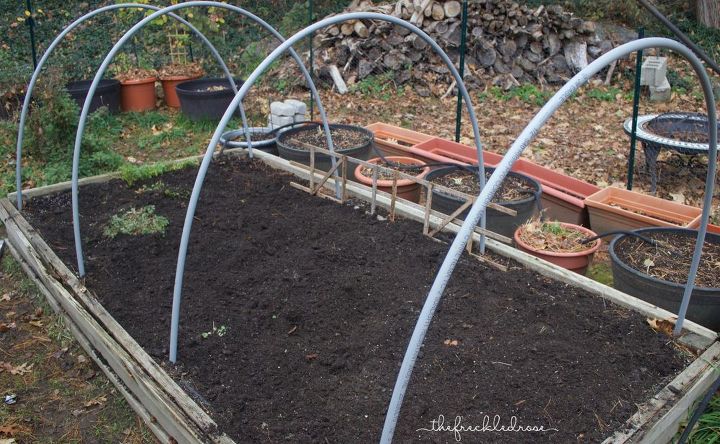










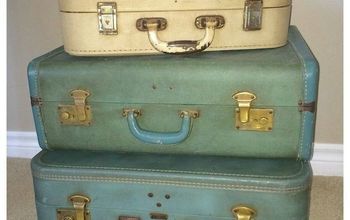
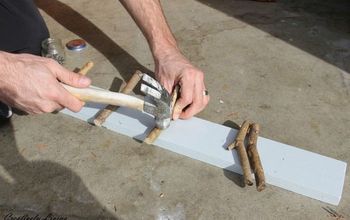








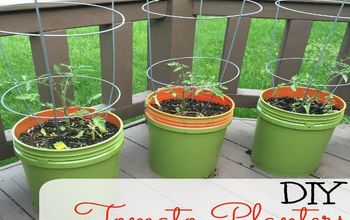

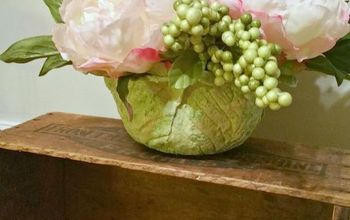



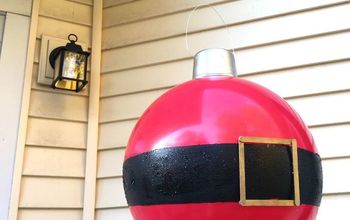



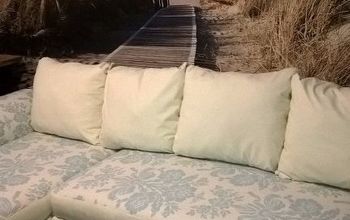
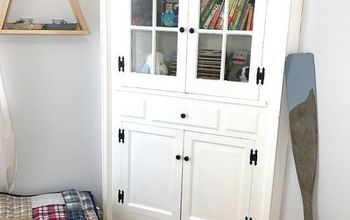
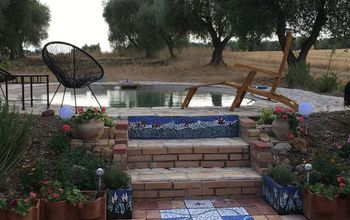
Frequently asked questions
Have a question about this project?